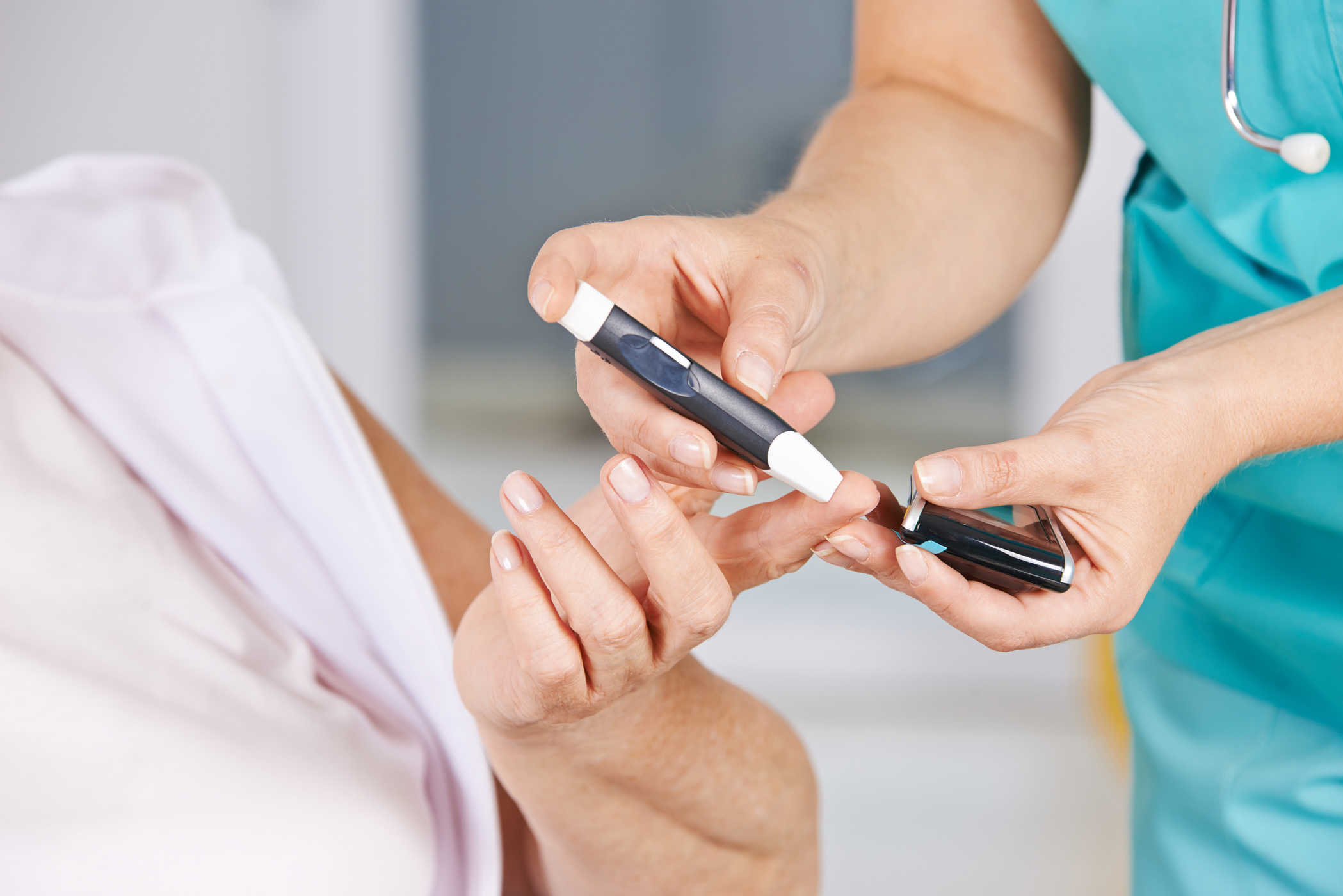Contents:
- Medical Video: Overcoming Diabetes: Interesting Case Study - with Dr. Eric Berg DC
- PILAR 1 - Knowledge of diabetes mellitus
- PILLAR 2 - A balanced diet
- PILLAR 3 - Actively moving
- 1. Daily physical activity
- 2. Recreational activities
- 3. Avoid sedentary activities
- PILLAR 4 - Follow your treatment
Medical Video: Overcoming Diabetes: Interesting Case Study - with Dr. Eric Berg DC
Diabetes is now a complex health problem for the world community. Diabetes causes many diseases including cataracts, blindness, coronary heart disease, even strokes. According to the 2013 Basic Health Research (RISKESDAS), the increase in the number of diabetics in Indonesia is increasing, from the original 1.1% in 2007 to 2.1% in 2013. WHO also predicts an increase in the number of people with DM in Indonesia from 8.4 million in 2000 to around 21.3 million in 2030.
Management of diabetes mellitus requires a long and continuous time. This is done to control blood glucose levels so that diabetes does not develop into other diseases. Therefore, cooperation is needed by many parties including sufferers, families, doctors and other experts. The Indonesian Endocrinology Association (PERKENI) says there are at least 4 successful pillars of the treatment of diabetes mellitus. What are the 4 pillars? Let's follow the explanation below.
PILAR 1 - Knowledge of diabetes mellitus
Diabetes mellitus (DM) has 2 types, namely diabetes mellitus due to congenital (type 1) and type 2 diabetes mellitus. Type 2 diabetes generally occurs due to lifestyle patterns and behavior, especially diet and lack of activity. A diet that is high in sugar plus less activity causes a person to have diabetes mellitus 2. Knowledge of diabetes mellitus, procedures for taking medication, dietary patterns, complications, and emergency signs need to be possessed by patients and families. It's good to have a "DM Police" in the family. DM Police serves to remind patients to maintain a good diet. In addition, the existence of the nutrition police can support sufferers to lead a healthier lifestyle.
Knowledge of independent blood glucose monitoring needs to be taught. Blood glucose level monitoring can be done independently, after receiving special training from a doctor. Then, the patient is taught to make a blood glucose monitoring diary along with signs and symptoms of hypoglycemia (drop in blood glucose) and symptoms of hyperglycemia (increase in blood glucose) and how to treat it. From this diary, doctors will usually determine the best therapy for each patient.
PILLAR 2 - A balanced diet
A balanced diet is the key to the successful management of diabetes mellitus. Even when diagnosed with diabetes, doctors usually do not directly provide drug therapy. Arrangement of eating and physical activity is carried out for 2-4 weeks. If these two things are not enough to control blood glucose, then the doctor provides drug therapy.
A balanced diet is not difficult. The intake consumed must be in accordance with the needs of the body. Fast food should be avoided. Following are the procedures for a balanced diet for diabetics who recommended PERKENI:
- Recommended carbohydrates are 45-65% of total energy intake. Schedule a regular meal three times a day to provide the nutrients your body needs. If needed, can be provided with fruit as a snack as a part of daily calorie needs.
- Recommended fat intake is around 20-25% of caloric needs. Fat intake in excess of 30% is not recommended. Recommended cholesterol intake is <200 mg / day.
- The recommended protein is 10-20% of the total energy intake in a day. However, protein can be limited in diabetics who have experienced complications from kidney failure. This is so that the protein eaten does not burden the kidneys. A good source of protein is from plants such as nuts and sea products such as fish, shrimp and shellfish.
PILLAR 3 - Actively moving
Actively engaged is the 3rd success pillar for the treatment of diabetes mellitus. Physical exercise is very important to do at least 3-4 times a week, for 30 minutes. Now, what are the physical activities for diabetics?
1. Daily physical activity
By getting used to a healthy lifestyle, blood glucose levels can also be controlled. For example, limiting the use of motorized vehicles and choosing to actively walk. So even when in an office or shop, avoid using elevators and actively go up the stairs.
2. Recreational activities
Recreational activities are high-intensity activities carried out during holidays, usually in the form of sports. For diabetics, good exercise is aerobic, such as brisk walking, jogging, cycling and swimming. However, if conditions are fit enough and there are no complications, team sports such as futsal and volleyball can also be an option.
3. Avoid sedentary activities
Sedentary activities are activities that require little energy. In a narrow sense it is a lazy activity. So, avoid this form of activity. For example, watching television, using the internet for a long time, and playing computer games.
PILLAR 4 - Follow your treatment
Sometimes diet and physical activity do not adequately control blood glucose levels. Therefore, doctors usually prescribe certain drugs to reduce glucose levels to normal. Follow the schedule and procedure for taking medicine. If you get an injection of insulin, you must also obey it. Learn about the effects of drug use can help if life-threatening diabetes occurs.
With these 4 pillars of success, people with diabetes mellitus can improve their quality of life better. Good luck.
READ ALSO:
- Tips for Caring for Foot Ulcers in People with Diabetes
- 4 Things To Do If You Have Diabetes
- Is Diabetes Really Reducing Male Fertility?












